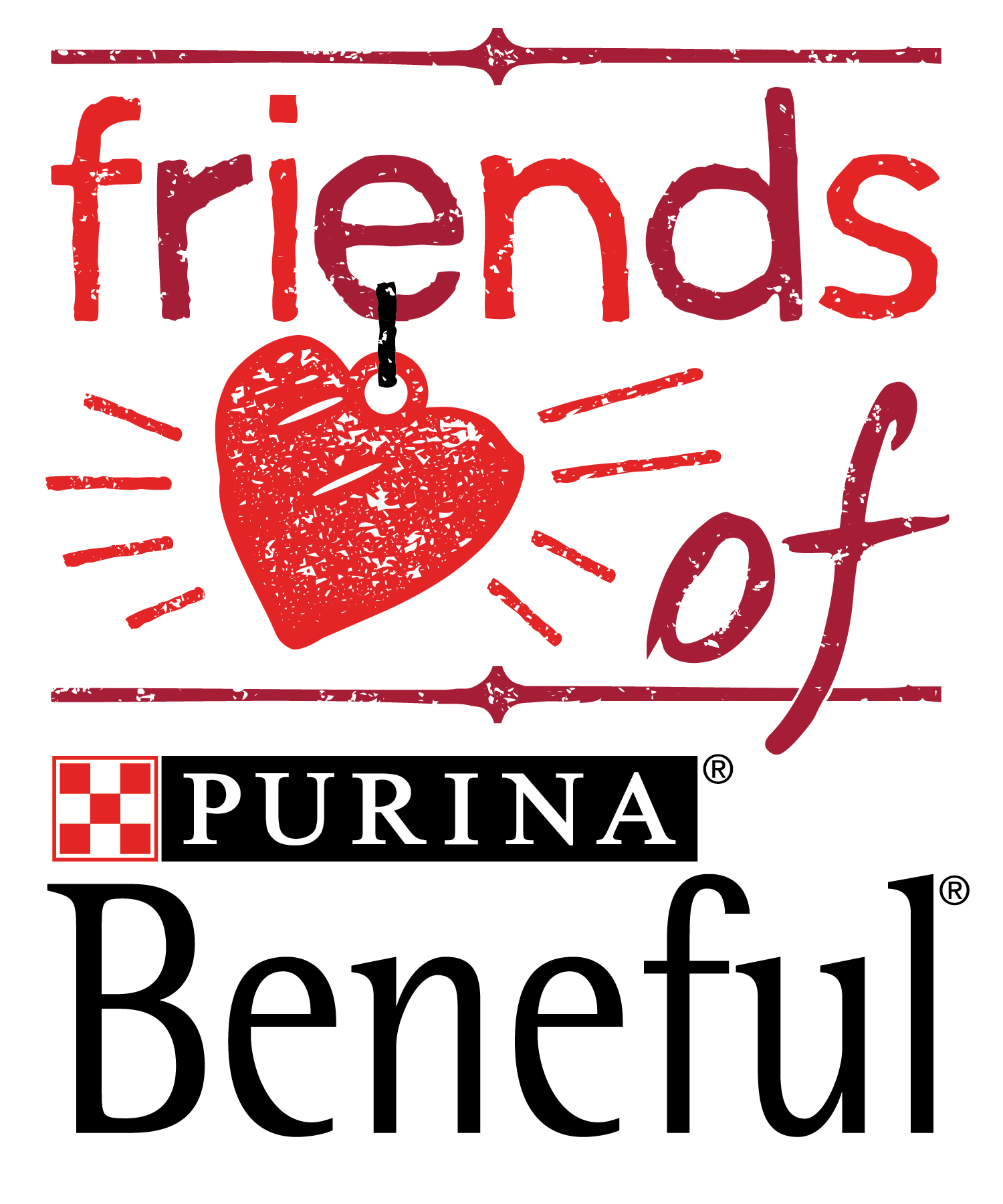We’ve all heard it: “Kids are like sponges!” when it comes to learning languages. But is it really true? Are they soaking up Spanish, French, or Mandarin like your carpet soaks up spilled juice?

Well, yes… and no. The truth is, kids do have a natural knack for picking up languages. But just like that sponge on your kitchen sink, they need the right conditions to absorb everything around them. Let’s break down the science behind this magical language-learning stage and how you can make the most of it for your child.
Why Are Kids Such Language Superstars?
1. Their Brains Are Built for It
Children’s brains are like construction zones—they’re constantly building and reinforcing connections. This process, called neuroplasticity, allows them to learn new words and sounds much faster than adults.
Think of it this way: while adults have to carefully pave a road, kids are zooming down an open highway when it comes to language acquisition.
Fun Fact: By the time your child is 5, their brain is 90% developed! That’s why early exposure to a second language is so effective—it gets hardwired into their rapidly growing mind. Not to mention, it’s easier for you, the parent!
2. They’re Masters of Mimicry
Ever notice how kids can perfectly imitate their favorite cartoon characters or repeat something you really didn’t want them to hear? (Looking at you, curse words.)
This same mimicry helps them master the sounds and rhythms of a new language. Their little tongues and vocal cords are flexible, making it easier to pronounce those tricky “r” sound in Spanish that’s really a soft D sounds in English, or nasal vowels in French.
3. They Have No Fear of Mistakes
Unlike adults, kids don’t overthink everything. They’re not worried about messing up grammar or saying something wrong—they just dive right in. This fearlessness is their secret weapon in learning a new language.
But Here’s the Catch
Just because kids have the potential to be language sponges doesn’t mean they’ll magically absorb everything. Like any sponge, they need the right “liquid” (aka environment) to soak up the good stuff.
So, what’s the secret sauce for making your child’s bilingual journey a success?
3 Ways to Help Your Little Sponge Soak It All In
1. Surround Them with the Language
Kids learn best when they’re exposed to a language in natural, everyday settings. Enroll them in a language class, play music in Spanish, or read bilingual books together. The more conversational, the better. Point at things. Ask questions. And give the answers. Model what a conversation sounds like.
Pro Tip: Label items around your house with their Spanish names (e.g., “la mesa” for table, “el espejo” for mirror). It’s a fun way to reinforce vocabulary!
2. Make It Fun and Interactive
Kids learn through play, so the more fun you make it, the more they’ll engage. Watch cartoons in the target language, play language games, or cook a recipe from another culture together. Make a sock talk, discuss things with the dolls, have an argument between 2 toy cars! Anything funny or memorable is great. When reading a book, be expressive and do the voices.
Try This: TruFluency Kids offers interactive classes where kids sing songs, play games, and learn Spanish in a way that feels like playtime—not homework.
3. Be Consistent (Even If It’s Just 10 Minutes a Day)
Consistency is key! Short, daily practice is far more effective than occasional cram sessions. Make language exposure part of your routine, like bedtime stories or singing songs during car rides.
The Bottom Line
Yes, kids are like sponges when it comes to learning languages, but even the best sponge won’t absorb anything if it’s left in a dry sink. Create a rich, engaging environment filled with opportunities to hear and practice the language.
With a little effort (and maybe some catchy Spanish tunes), your child will be well on their way to bilingual brilliance. Ready to help your little sponge soak up the magic of a new language?
Let’s make it happen. ¡Vamos!
















Add Your Comment